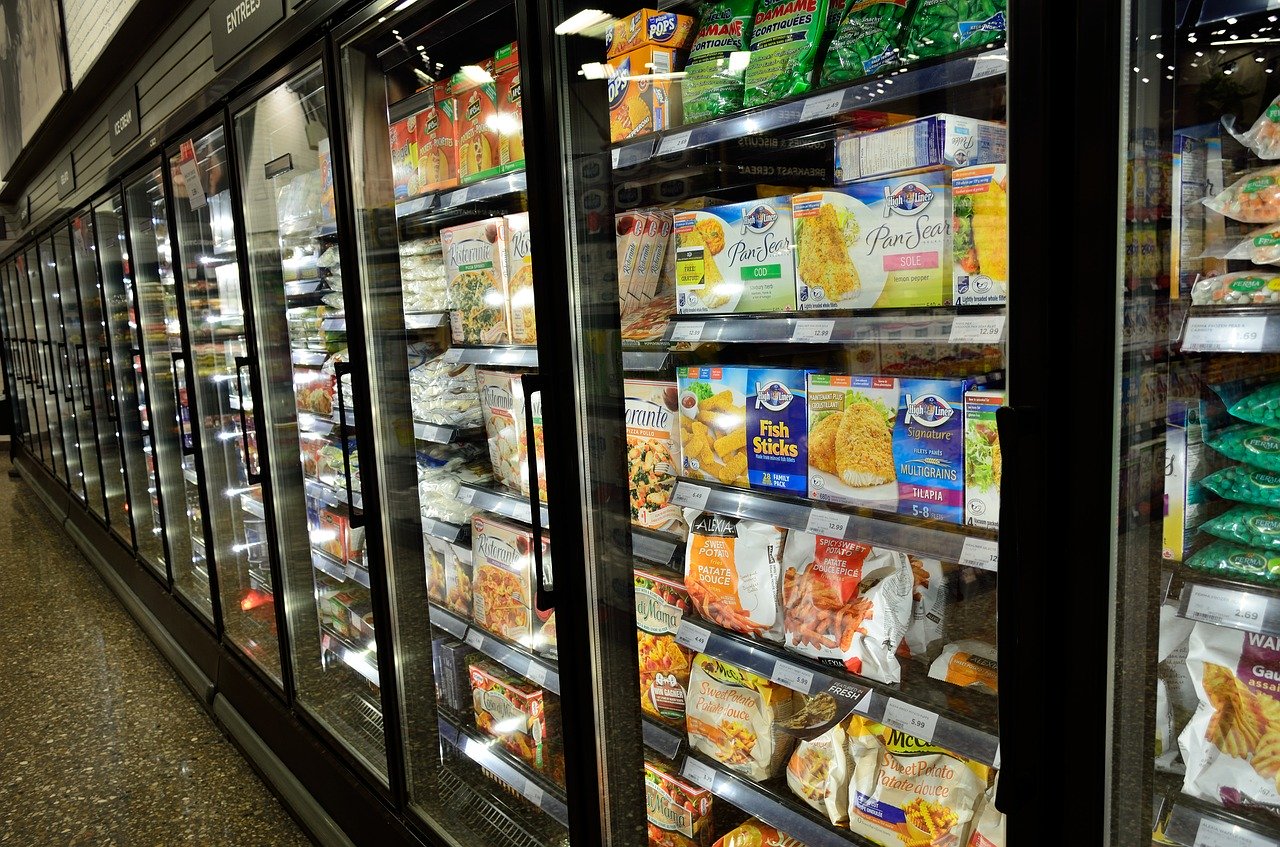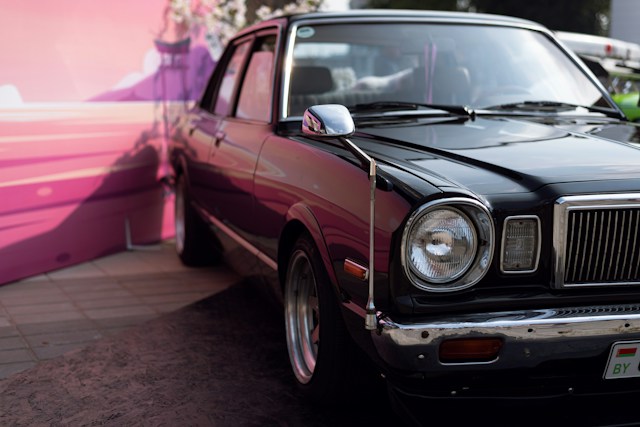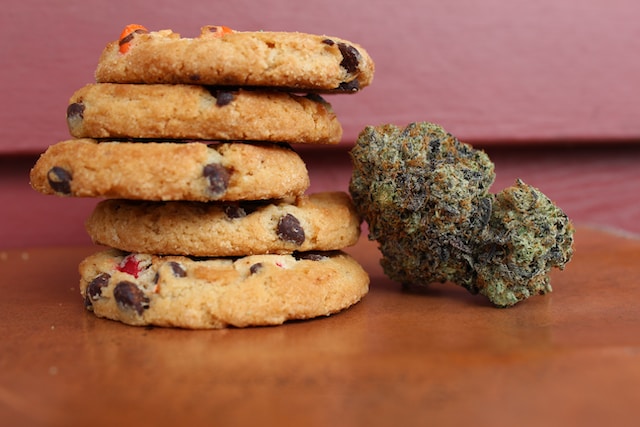Industrial food freezing is key when you need to preserve raw food or pre-cooked meals for an extended period, or even for a little while until they are packaged.
Freezing the food stops bacterial growth, locks tastes, preserves nutrients in the food, and almost halts decomposition. When it comes to industrial applications, there are two ways to do it, namely, the “mechanical freezing” and the “cryogenic freezing”. So, the question that arises is, which one should you choose?
Mechanical Freezing
Mechanical freezing achieves the lowering of the temperature by circulating air inside a chamber or an enclosed space where food products lie. By cooling the circulating air through heat exchanging coils, the heat that is captured from the products is abducted, and the circle continues.
When to pick Mechanical Freezing:
- You want to keep energy costs at a low level.
- The food products you want to chill are very sensitive, and impinging them with gas could ruin them.
- You are cooling a specific product and you won’t require modifications in the future.
- Temperatures of down to -30 OF or -34 OC are enough for your purpose.
Cryogenic Freezing
On the cryogenic systems, heat is removed by directly impinging the food product with liquid nitrogen or liquefied carbon dioxide. It’s a more intervening, quick, and direct method of cooling, so it can only be used in very specific cases.
When to pick Cryogenic Freezing:
- You want a low-cost of initial investment, high uptime, and low maintenance requirements.
- You need rapid freezing action at temperatures as low as -160 OF or -106.7 OC.
- You want to avoid using toxic refrigerants.
- You need to meet FDA and OSHA regulatory requirements.
- You need to maintain versatility in terms of product changes or size expansion.
- You will work mainly with individual pieces like chicken wings or peas.






